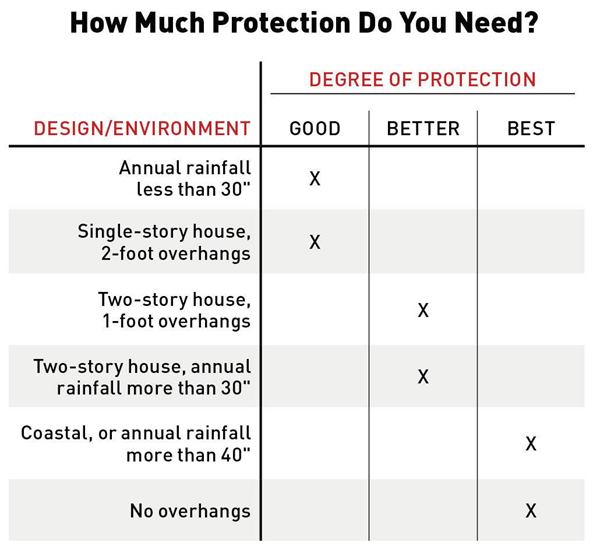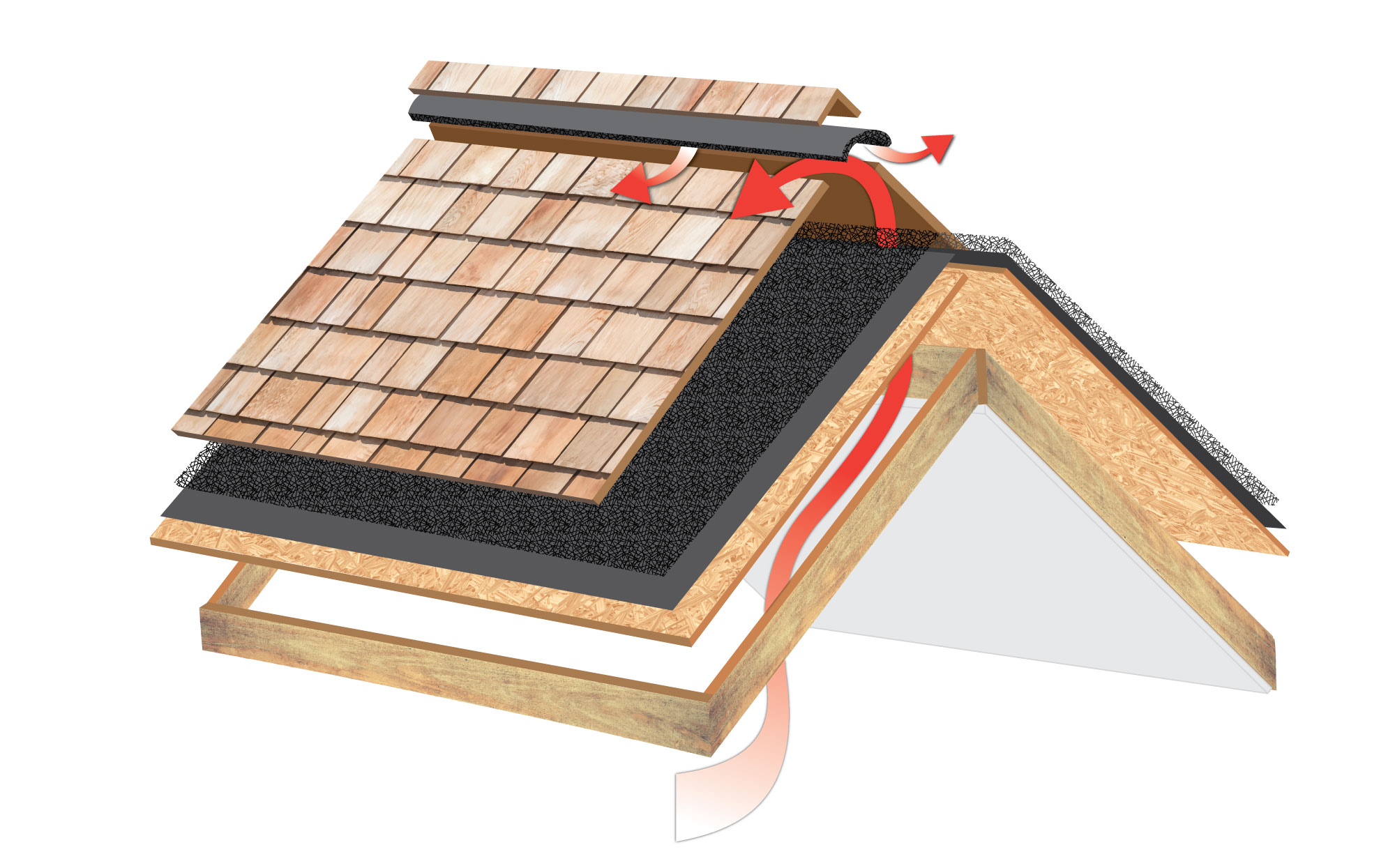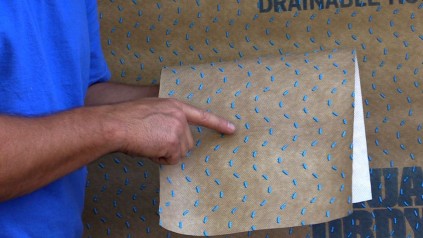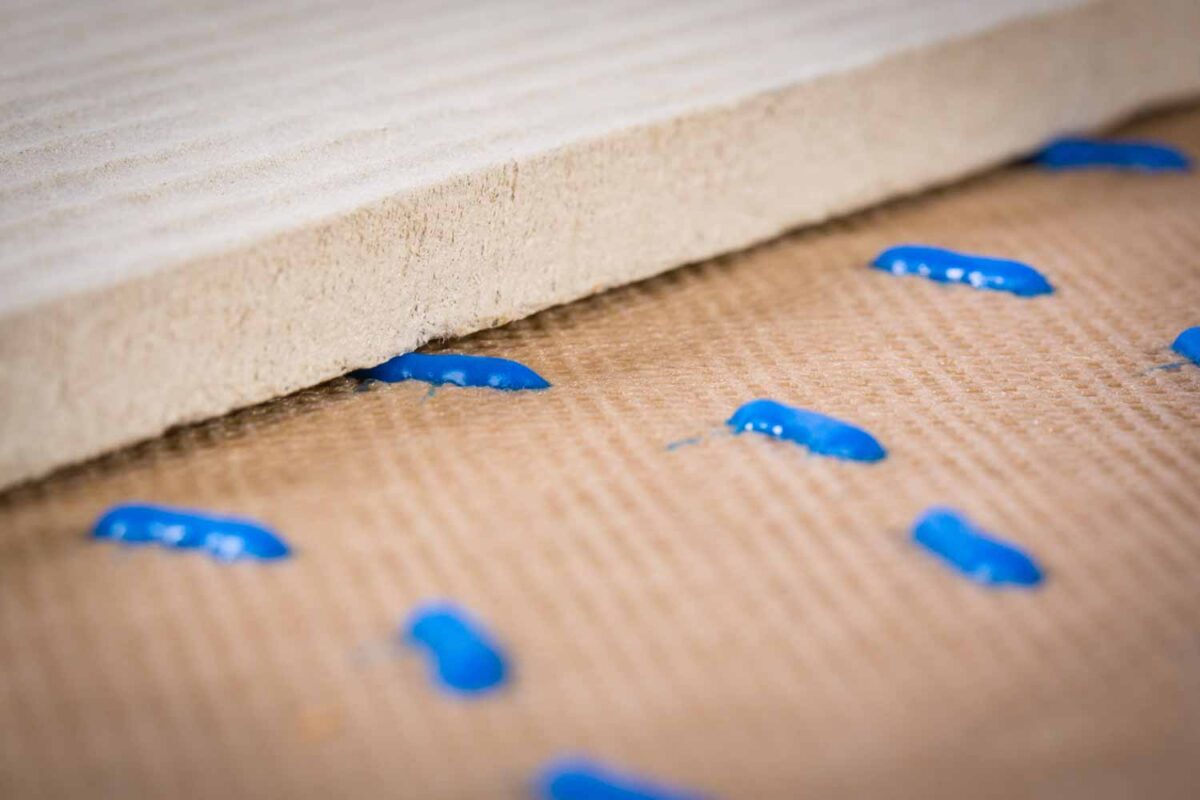In May’s cover story of JLC, Matt Risinger shares what he’s learned as a builder about keeping water away from walls, and discusses some of the good, better, and best systems currently available which includes using HydroGap Drainable Housewrap.
Building science has shown us what to do with water that leaks behind wall claddings. Proper installation of a housewrap—also known as a water-resistive barrier (WRB)—preferably with a rainscreen behind the wall cladding, enables us to build resilient homes that will last for generations.
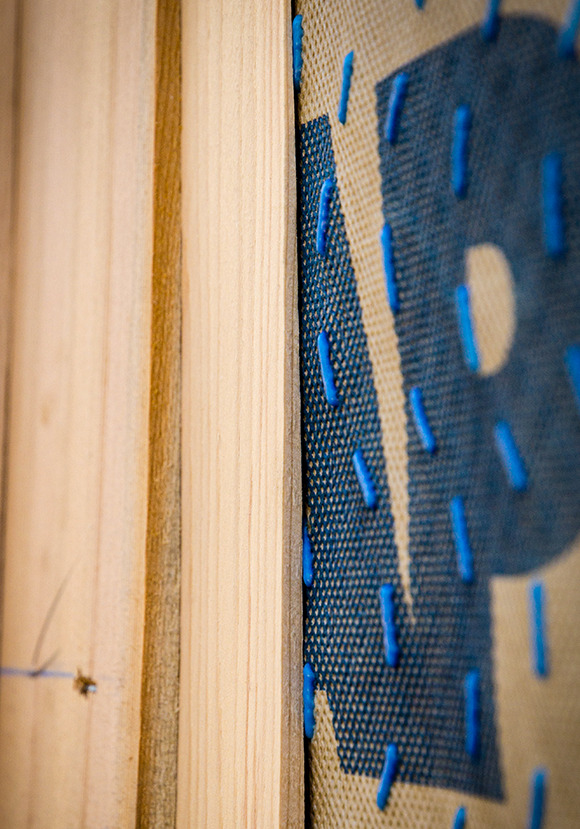
HydroGap Drainable Housewrap Samples
GET YOUR FREE SAMPLES TODAY OF HYDROGAP DRAINABLE HOUSEWRAP
The architectural design of a home can influence how much rainwater lands on the walls of a building. Roof overhangs, roof pitch and wall height all should be taken into account. Don’t skimp on the WRB—both the product you use and the care you take to install it.
The degree of protection from water that house walls need depends on a house’s design and the climate it’s exposed to. That protection can be provided by good, better, or best ways to keep water away from the sheathing. Wet sheathing that can’t dry will eventually rot, encourage mold growth, and lead to callbacks.
Check out the full article to find out how drainable housewraps such as HydroGap fall into the good, better, best system. If you don’t already, you can follow Matt on Twitter, Facebook, YouTube and Mattrisinger.com.

